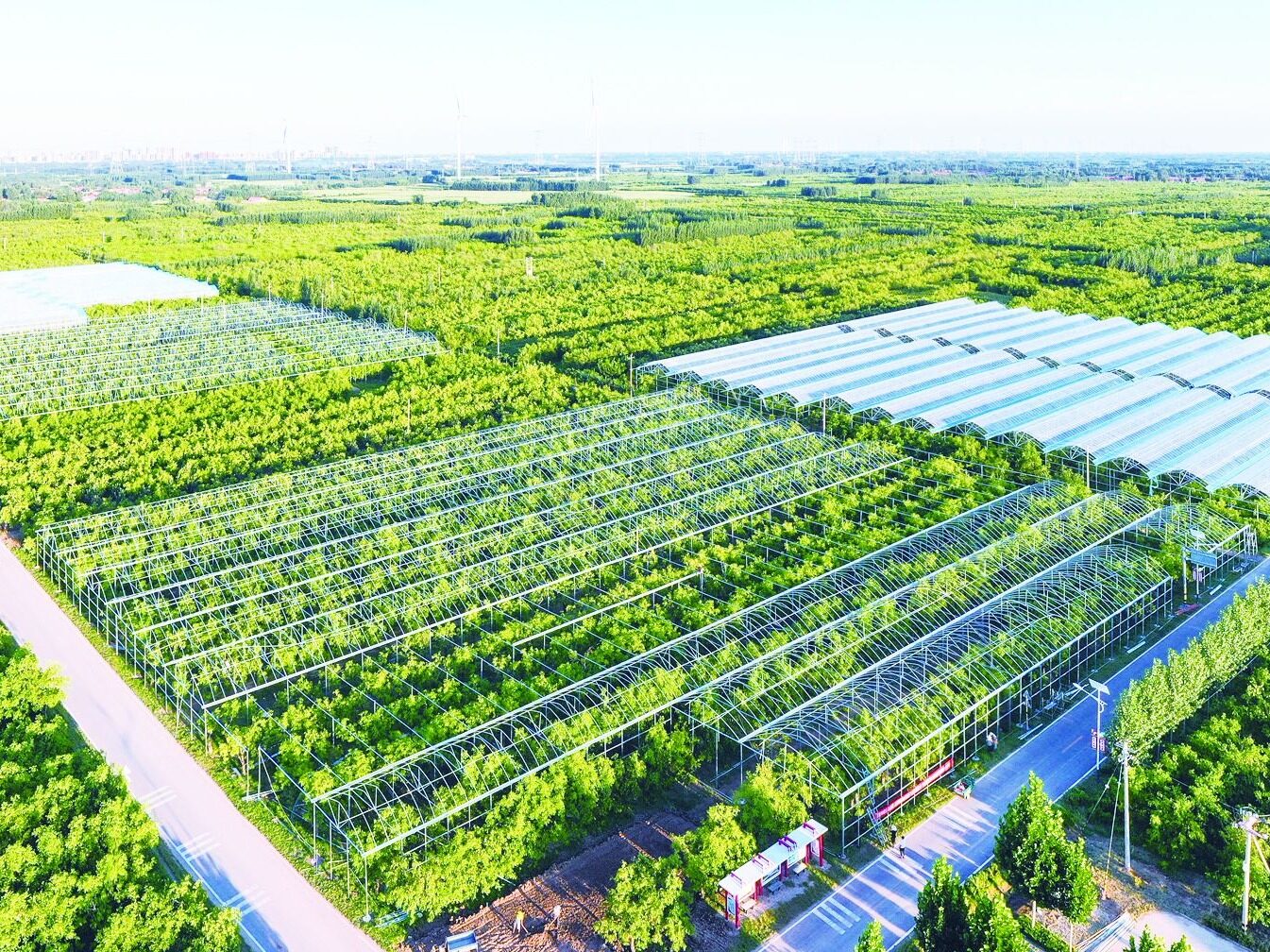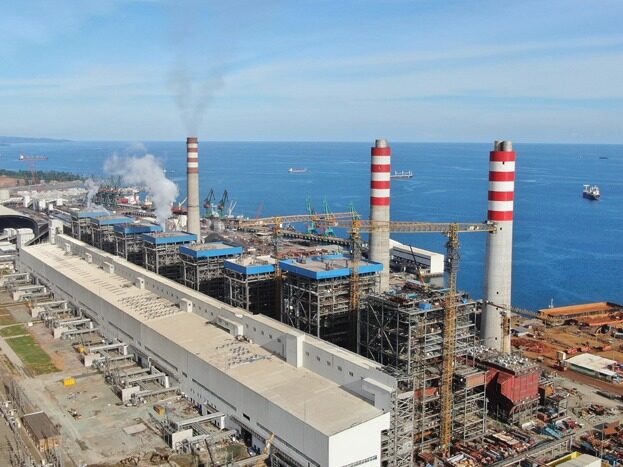- Not only now, China has been the infrastructure madman of world civilization since ancient times

The scale and speed of modern China's infrastructure has made the world astounding, so that it has the title of infrastructure madman. When it comes to infrastructure construction, China dares to say second, and no country dares to say first. In fact, not only now, China has been the infrastructure madman of world civilization since ancient times. The Three Gorges water conservancy that cuts off the Yangtze River and the high-speed rail network that runs through China are all sighed as miracles on earth. Being keen on infrastructure is almost the label of contemporary Chinese. In fact, the tradition of attaching importance to infrastructure has emerged in the era of Chinese mythology.

Dayu's water management is a super-large water conservancy project in the prehistoric era. Jingwei reclamation reflects the ancients' yearning for land reclamation. Yugong moved the mountain, revealing the determination of the ancestors to undertake a major project regardless of difficulties. Encouraged by myths and stories, the people of Qin are also particularly fond of large projects. During the Spring and Autumn Period and the Warring States Period, all the countries of Shandong said that Qin was a barbarian on the border and a barbarian, and they did not care about the fact that the people of Qin paid the most attention to economic production.
In the pre-Qin period, the most important economic activity was farming, and the most important natural resource for agricultural production was water. The people of Qin successively carried out two world-famous water conservancy projects, one is Dujiangyan, and the other is Zheng Guoqu. As for the prosperous six countries of Shandong, they have never heard of water conservancy projects beyond their reach.

Dujiangyan was built by the father and son of Li Bing, the guardian of the county of Qin, turning the Minjiang River into a good river for irrigation, thus laying the foundation for the fertile potential of the land of abundance. In the dry season, Dujiangyan introduces most of the water in the Minjiang River system into the irrigation area, and in the rainy season, it can guide the excess water into the main Yangtze River. The ingenious design and design has been breathtaking until now. The main part of Dujiangyan was rumored to have been built for six years, and the irrigation area has reached tens of millions of acres of farmland, which has benefited farmers in the Sichuan Basin until now.

Zheng Guoqu is an irrigation project on the Guanzhong Plain, making Guanzhong, a relatively dry area, a large granary. Zheng Guoqu is more than 300 miles long, and it took ten years to complete. "Historical Records · River Channel Book" records: "Qui Cheng, filled with silt water, irrigated and salted more than 40,000 hectares (1.1 million mu today), harvested every acre (100 kg today), so Guanzhong was "Woye, in the innocent year, Qin is prosperous and powerful, and his death is a prince." It is interesting to say that the hydraulic engineer Zheng Guo who was in charge of the construction was originally a South Korean spy. He wanted to use the construction of large-scale projects to consume the financial resources of Qin and delay the progress of Qin's destruction of the six countries. The Koreans also know that to instigate the Qin people to repair the river canal can only be drinking poison to quench their thirst. In the past few years, Qin has no time to move eastward, and South Korea can survive. But when the canal is completed, South Korea will face a stronger Qin State, and the day of its destruction will not be far away.

In fact, Zheng Guo's identity was exposed in the process of digging the canal. He also begged Qin Wang Yingzheng for forgiveness. Yingzheng felt that it made sense, so he insisted on digging the canal, and finally proved that Zheng Guoqu's benefits to Qin far outweigh the disadvantages.

In addition to water conservancy, the most famous project in Qin is the Great Wall. Of course, the Great Wall was not built by Qin State, nor was it built in one dynasty. It has been repaired and expanded in all dynasties. The Great Wall built by Emperor Qin Shihuang was spliced on the basis of the Great Walls of the Yan, Zhao, and Qin Kingdoms. It stretched from Lintao, Gansu (now Min County, Gansu) in the west, to Liaodong in the east, with a length of more than 10,000 miles. Most of the city walls were built between lofty mountains and steep terrain, and the difficulty of construction is beyond imagination. There will be a beacon tower every kilometer or so on the Great Wall. There are also outposts and Tibetan soldiers' caves below. The construction and maintenance of this long line of defense requires a lot of manpower and financial resources. In history, only the Qin people can do it. To.

After Yingzheng unified the world, in addition to building the Great Wall, there was another major project-Qin Zhidao. The Qin Zhi Road is a national defense project supporting the Great Wall. It started from Xianyang and went north from Jiuyuan to the front line to Ganquan. It is more than 800 kilometers long. The straight road is mainly used for military purposes, to facilitate the army to directly reinforce the north. In order to shorten the marching time, so try not to detour as far as possible along the line, all the way to meet the mountains and fill up, the requirements are higher than today's expressways. The Qin Zhidao runs through the northern Shaanxi plateau, and the most indispensable things along the way are the hills and ravines. Even so, the Qin people have built a super project that is unparalleled in the world.

The quality of the works done by the Qin people is really good. Dujiangyan and Zheng Guoqu are still in use until now, and the Qin Great Wall has also saved a lot of effort for the dynasties. Of course, China, as an infrastructure madman, certainly has more than these ancient large-scale infrastructure projects. Editor/He Yuting
Comment
 Praise
Praise
 Collect
Collect
 Comment
Comment
 Search
Search














Write something~